Here is a JNF stamp from 1964 with a portrait of the Ba'al Shem of London:

The portrait of Dr. Falckon, the Ba'al Shem of London, has long been confused, as it is here, with the True Image of the Besh"t. For example, in 1908 the periodical Ost und West printed the following:

It's difficult to see in this picture above (so look below), but in fact the Baal Shem is depicted with a compass, which it is certainly difficult to explain in the official portrait of the Ba'al Shem Tov. But a drafting tool makes more sense in the hands of the London Ba'al Shem who was apparently involved in Freemasonry. Most everything I read about Freemasons makes no sense to me, but I am told that the compass is a masonic symbol. In addition, as a practical Kabbalist and alchemist, perhaps such a tool is not unexpected.

Also see the following official portrait of Yihye Kafih, the anti-Zoharite Yemeni rabbi who seems to have posed with various instruments as a symbol of rationalism and scientific competence:
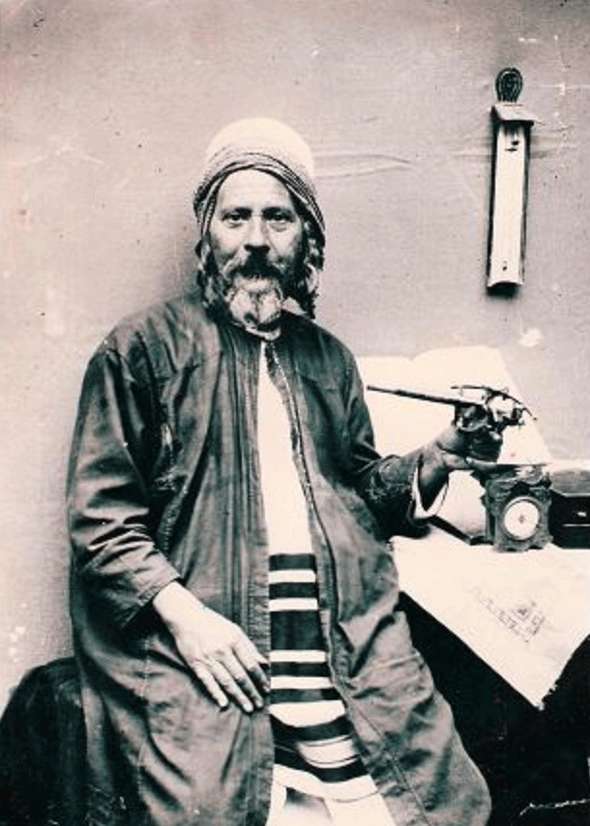
Getting back to Falk's portrait, as amazing as it sounds, the idea that it is really the Ba'al Shem Tov is so ingrained in some people's imagination that the Wikipedia entry for him (link) features the following image and message:

Years ago the Wikipedia page had the standard, beret-wearing picture of Falk. Then it was pointed out that this is not the Ba'al Shem Tov, but apparently that is unacceptable to some or someone with persistence, because the present page now has a modified image showing him to be wearing a kind of shtreimel and the "neutral point of view" tag explaining that "Some people think, however, that it depicts the Baal Shem of London." Ah, yes. Some people think it does, and seem people think it doesn't. Let's be yotzei according to everyone.
But who painted Falk's portrait? Traditionally - meaning since it was first published in an 1886 article on Great Jewish Families in Britain by Lucien Wolf - it was ascribed to the American artist John Singleton Copley, who moved to London in 17772. However, recently that assumption has been questioned and an art expert opined that it was really painted by Philip James de Loutherbourg, an artist with strong masonic connections. I have no way of offering an opinion one way or the other, so here you go.
I cannot resist posting a physical description of him at work, because it kind of evokes this:
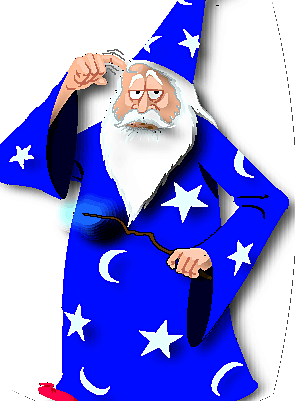
The description comes from a letter written in 1759 and famously published by Rabbi Yaakov Emden in the גת דרוכה section of his התאבקות (link). Rabbi Emden thought that Falk must have been a charlatan, a Sabbatian, and an Eybeschutzian. The letter was written by a man called Sussmann Schessnewiczi to his son. It is an admiring description of the Ba'al Shem by one who had watched him performing some sort of amazing ritual. Because he mentioned a known Sabbatian who had visited Falk, Moshe David of Podhayce, and because we are told that this Moshe David sung Falk's praises to R. Jonathan Eybeschutz, and probably because the ritual is so over-the-top, it was clear to Emden that he was a Sabbatian as well. Rabbi Emden claims that he published the letter exactly, except to change a letter here and there the better to mock. So, for example, instead of calling Falk a בעל שם, as the letter really does, Emden changed it to read בעל שד, he also changes מקובל to read מחובל and so on. But the substance is otherwise exactly the same, says he.
Here is a taste of the letter.
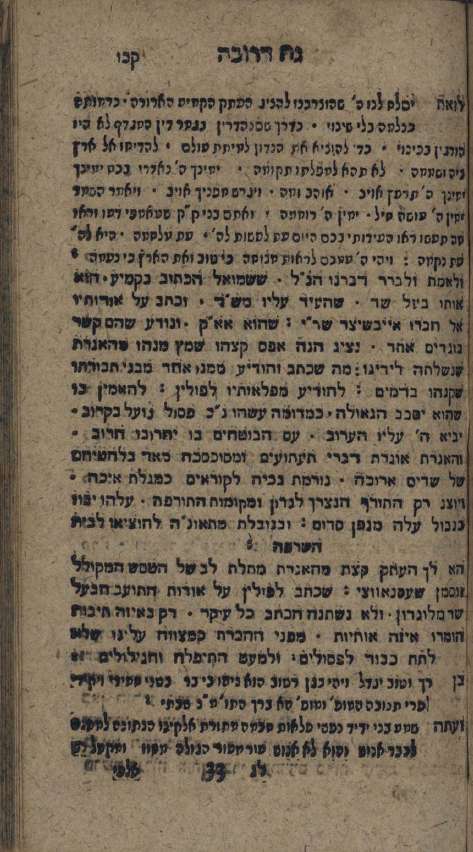
The rest you can read in its entirety at this link. The physical description is this:
Behold, the light which is called "lamp" is a great candelabrum of pure silver with doubled and trebled lights, stacked above each other, with eight flowered branches coming out of the sides, forming the shape of holy letters. With this menorah he performed an amazing miracle. On Friday he poured oil in, the typical amount for Shabbos - but the lamp stayed lit for three weeks until he personally dissolved the holy thing with his hands (and the miracle ceased). This was a new thing from the Master of the Universe, even greater than the miracle of Chanukah, when the Menorah lasted for only 8 days.
On this night of Tuesday, the 8th of Kislev, we saw an amazing thing. During the month of Cheshvan until now he had secluded himself in his home near the bridge (London Bridge). He was shut in for six weeks, literally without food or drink, sleep or lighting any fire - you woudn't believe it! After the sixth week he commanded that a minyan of learned men should immerse in the mikvah, and at midnight we who had prepared ourselves, dressing in white kittels, met at his home. The holy man commanded the aforementioned kabbalist Rabbi Moshe David to write (something) in his ledger. Afterward he commanded this Moshe and another member of this holy Chevra, Rabbi Yaakov, grandson of R. Meir Eisenstadt (author of Panim Meiros), and they each lit a large candle. Then he commanded that the group enter barefooted into his room, and behold, we saw the holy man sitting on a throne, dressed like an angel, wearing a golden mitznefes, a twisted gold chain around his neck with a great silver star pendant, upon which were engraved holy names. His face was covered with a starry veil (star shaped? covered with stars?). On his head was a hat made of paper inscribed with holy names, and each corner of the hat had attached a golden star with engraved names, like the Luchos. Who can described the amazing pictures on the walls, painted with sacred pictures from the Ma'aseh Merkavah (ie, Ezekiel's vision), and around all these figures were written holy names. Blah, blah, shofars, trumpets, blah blah.
The godly Kabbalist Rabbi Moshe David, known as Rabbi Moshe Ba'al Shem, wrote a letter to our master Rabbi Jonathan Eybeschutz, the famous Chief Rabbi of Hamburg, and told him all these great things and wonders regarding this holy man (=Falk). So R. Yonasan applied to him the words from the Tikkunim, that Rabbi Shimon bar Yochai said, זכאה דרא דהאי רזי עיתגלי ביה, "This generation is foirtunate to have such mysteries revealed."
You cannot make this up, but suffice it to say that I think we've been spoiled by the popular image of wizards. Where do you think that image came from, anyway? Sussmann, who was obviously fairly credulous, thought he looked awesome; we think it sounds like he was dressing up like Merlin. But we've had hundreds of years to internalize the stereotype, I guess.
Now, was Falk really a Sabbatian? None of the external primary sources mentioning Falk suggest anything like it. Other than those, there really exists only two primary sources from the man himself and one who was very close to him. They are, a diary of Falk's secretary and Falk's own notebook. Michal Oron, who has most carefully studied the question and these sources, has not found any evidence beyond the fact that he knew people who were, or more accurately, people who were Sabbatian knew him. Oron was able to discover a few suggestive gematrias, but she quickly reminds that you can prove anything with gematria. But let's just say that the evidence making him a Sabbatian per se is far far less than the evidence making R. Yonasan Eybeschutz a Sabbatian through association alone.
* * *
In 1830 a Jewish apostate named Hyam Isaacs published a book about Judaism, as apostates were wont to do, called 'Ceremonies, Customs, Rites and Traditions of the Jews.'He included an oral anecdote about a miracle said to have been performed by the Ba'al Shem of London ("Doctor Faulk") some fifty years earlier. Isaacs derisively claims that Jews were expected to believe such nonsense. Otherwise they are considered a "doubtful Jew."
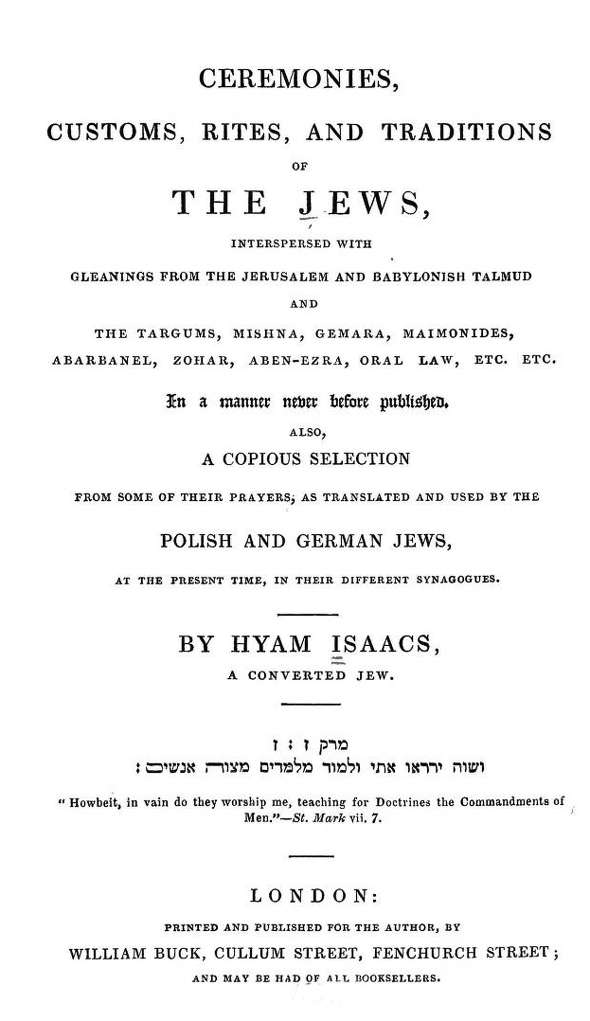
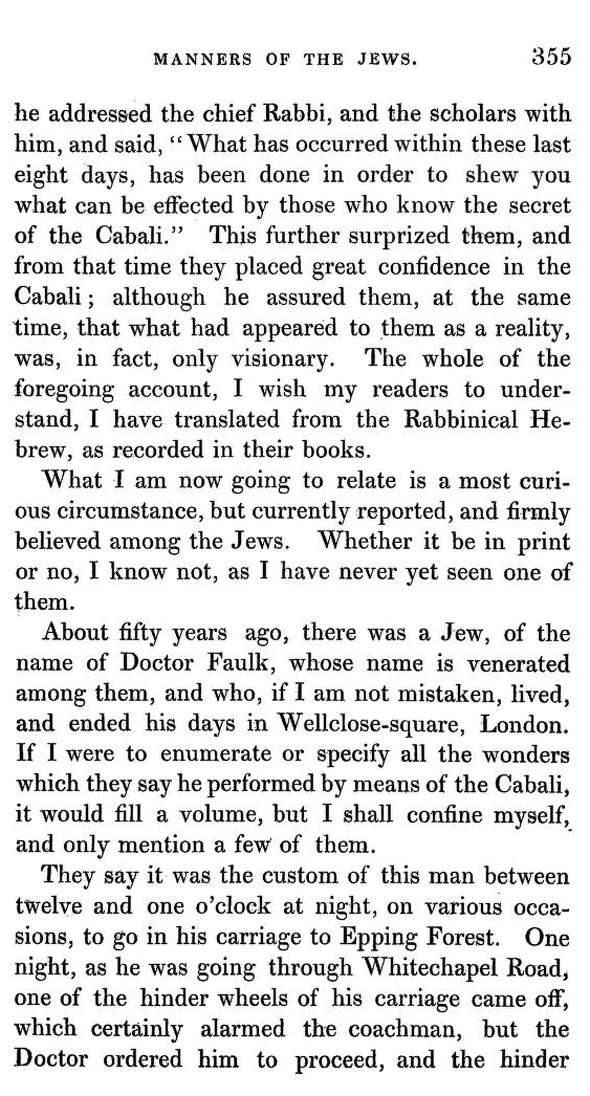
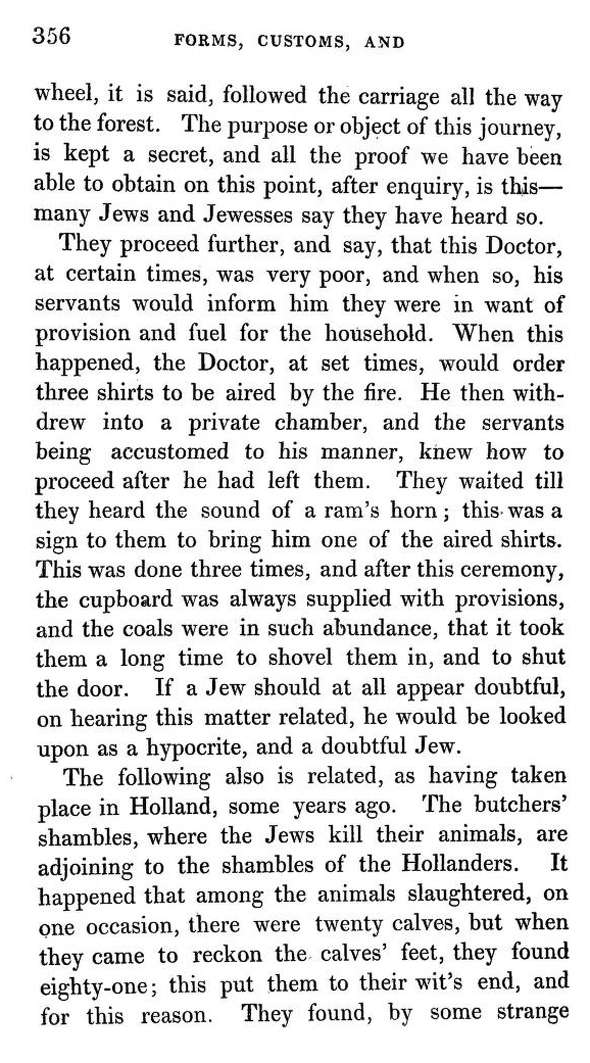
* * *
In short note called "Ezra Stiles' Rabbi Tobiah" in the AJHQ 59:2 (1969), Arthur Chiel makes some nice leaps and lomdish connections and gives what is in my view a plausible discovery of a reference to the Ba'al Shem of London's alchemical success in turning silver into gold.
Here is the background. Ezra Stiles (1727-1797) was a theologian and president of Yale. He was also a Hebraist and very interested in contemporary Jews, and because of his interest he befriended many colonial American Jews, and also visiting foreign Jews. He kept diaries, some of which were published about a hundred years ago, and these contain some interesting references to Jews and Jewish things. Arthur Chiel noticed that one such Jew discussed in Stiles' diary is someone named "Rabbi Tobiah Bar Jehudah," from Cracow. Stiles discussed all kinds of things with him, one of which was alchemy and the so-called Philosopher's Stone. Stiles writes that "the only Man that I ever suspected as a real & true Adept" (at alchemy) "was Rabbi Tobias of Poland, but he evaded my Interrogatories & communicated to me nothing." In the next sentence Stiles goes on to discuss what Benjamin Franklin had to say to him on the topic, so that gives you a pretty good idea of which circles Ezra Stiles traveled in - the very highest. Elsewhere in his diary Stiles remarkes in passing that one Samuel Danforth, Esq. of Cambridge had just died. "He was deeply studied in the Writings of the Adepts, believed the Philosophers Stone a Reality and perhaps for Chemical knowledge might have passed among the Chemists for a בעל שם. . . . . . "
These are published in the diaries. But Chiel quotes an unpublished remark, which reads as follows:
I asked him whether he believed in any Thing of that whimsical Notion the אבן של פילוסוף- he said yes & added that he had himself beheld actual Fragment of base metal into Gold - but that though it was possible, it was folly to pursue it, for that it required 6 oz Gold to furnish Matter eno' to make one qu. oz. I asked him the Composition, he said Sal amoniac &c.Convenient, right? But that's what he quotes Rabbi Tobiah as telling him. You can do it - he's seen it - but you ruin more gold than you make, so it's not worth it.
In the earlier passage, where Stiles mentions passing "among the Chemists for a בעל שם" he goes on to discuss the New Hampshire delegate in Congress in the next passage. Very confusing. His diaries have loads of references to alchemy, and his attitude seems to waver from skepticism, to desire for knowing more and the admission that he knows the least of "this science." An attitude not dissimilar to one expressed by R. Yaakov Emden too, by the way. It seems that in the last quarter of the 18th century chemistry was still so in its infancy that highly respectable people still were unsure if alchemy was real or not, or where alchemy ended and chemistry began.
In any case, Arthur Chiel had an eagle eye and noticed that our Rabbi Tobiah is known from elsewhere. He was a real man who really visited America, and he left traces behind.
In the minute book of New York's Spanish & Portuguese Synagogue, there is an entry from October 18, 1773 wherein it was agreed to give "Ribi Tobiyah from London" "Eight dollars," after having already supported him for two weeks.
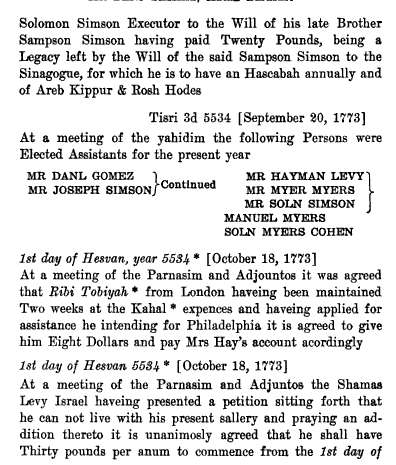
This is in fact him, and we see that even though he was from Cracow, he had come to America from London.
Chiel notes that in the diary of Falk's servant Hirsch Kalisch, a Polish Rabbi Tobiah recurs, having evidently been part of the Chevra and participating in Falk's rituals and alchemical experiements (writing in 1969, only a fragment of this diary had been published by Cecil Roth, and it is from these tiny bits that Chiel noticed the name). Since this Rabbi Tobiah professed to having seen the Philosopher's Stone, since he seems to have come to America via London, it is possible suggests Chiel, that "Falk may have been the man with the Philosopher's Stone."
Related: please see this post for some other Ba'al Shem-y stuff, including an anecdote about how Cecil Roth married into the Ba'al Shem's family.
